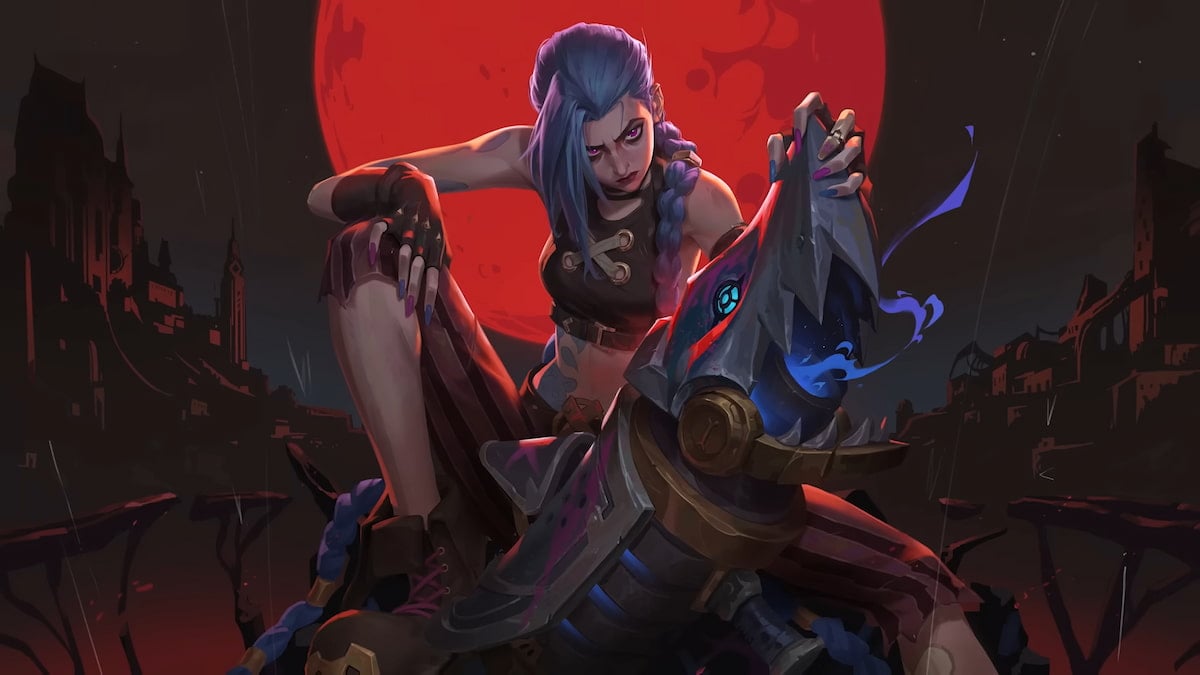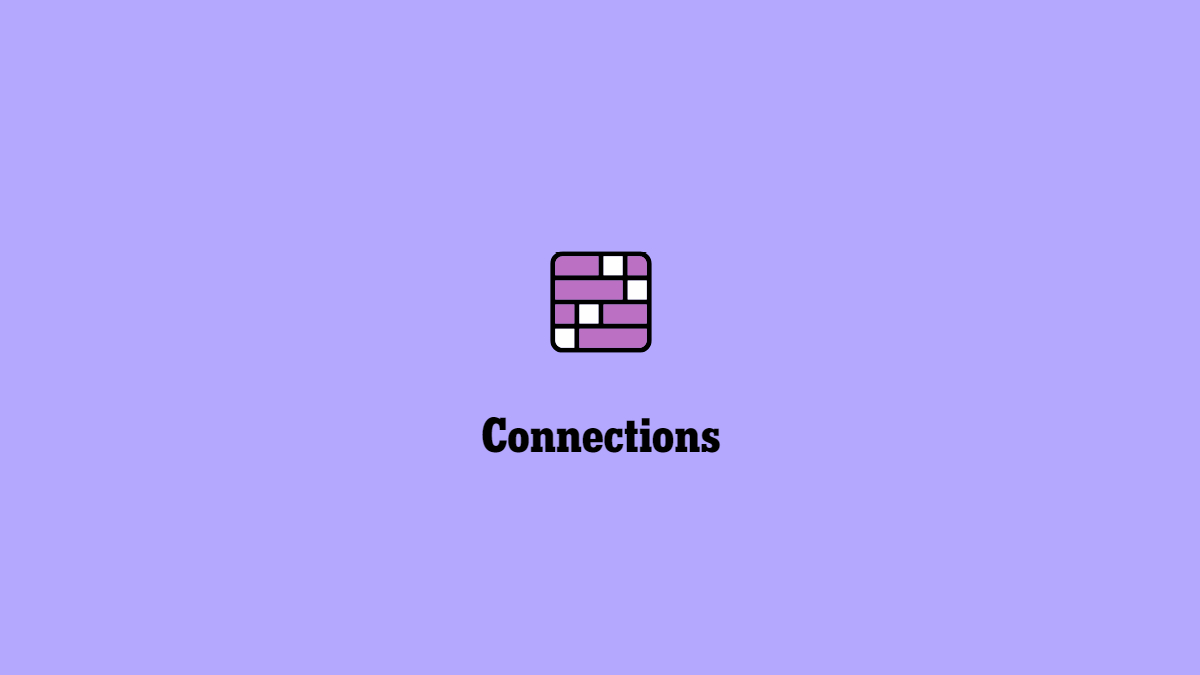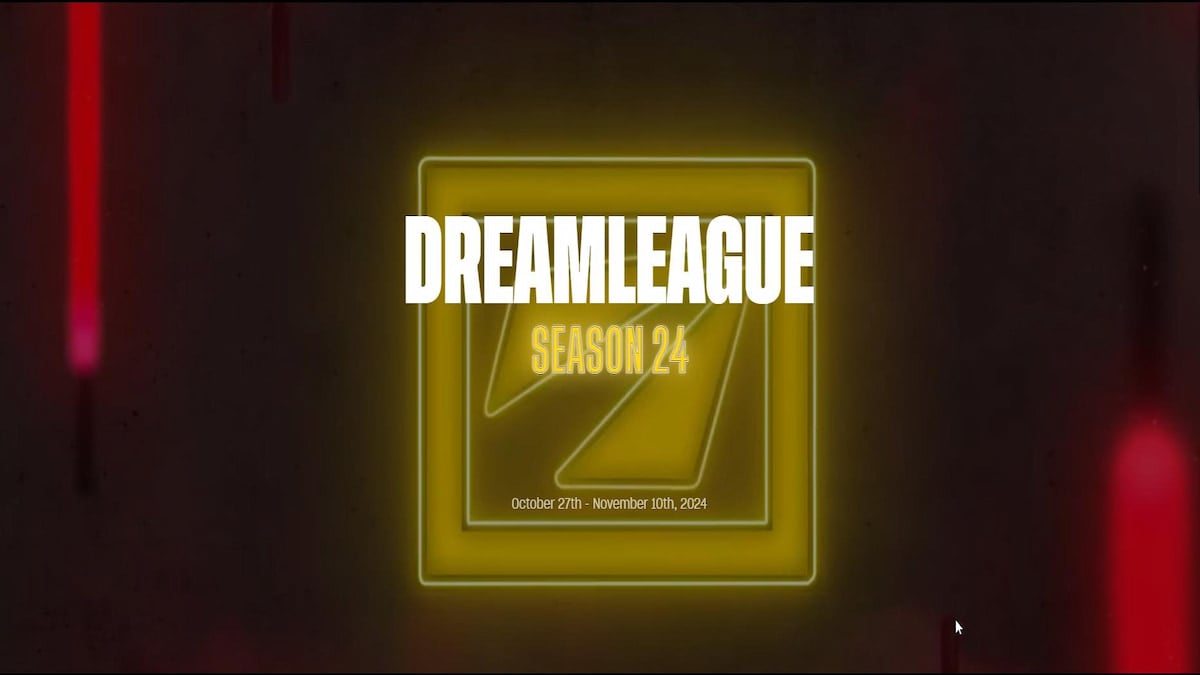A major part of the online experience in Counter-Strike: Global Offensive is progressing through the game’s ranking system. This high-stakes, competitive environment gives players the chance to hone their skills, show off their improvements and find matches with players of a similar skill level within the CS:GO rank distribution. Since the release date of Counter-Strike 2 is on the horizon, current CS:GO players may be wondering where they stand relative to the field as they prepare to jump into the next iteration of the Counter-Strike franchise. If you’re wondering what your rank means, keep reading for our overview of the CS:GO rank distribution in 2023, including a list of all ranks and the percentage of players that fall into each rank.
How the ranking system works

CS:GO rank distribution
There are 18 individual ranks in CS:GO split up among four broader tiers: Silver, Gold Nova, Master Guardian and Legendary. The average player falls around the middle of the Gold Nova tier, while the smallest portion of players occupies the top-rated Legendary tier. This tier accounts for less than 10% of all ranked CS:GO players. Here’s an overview of the CS:GO rank distribution, including the approximate percentage of players that typically fall within each rank:
- Silver (32.5%)
- Silver 1 – 4.2%
- Silver 2 – 4.3%
- Silver 3 – 4.4%
- Silver 4 – 5.3%
- Silver Elite – 6.6%
- Silver Elite Master – 7.7%
- Gold Nova (34.4%)
- Gold Nova 1 – 8.6%
- Gold Nova 2 – 8.8%
- Gold Nova 3 – 8.9%
- Gold Nova Master – 8.1%
- Master Guardian (23.3%)
- Master Guardian 1 – 7.5%
- Master Guardian 2 – 6.5%
- Master Guardian Elite – 5.2%
- Distinguished Master Guardian – 4.1%
- Legendary (9.8%)
- Legendary Eagle – 3.2%
- Legendary Eagle Master – 3.2%
- Supreme Master First Class – 2.6%
- Global Elite – 0.8%





Published: Jun 29, 2023 12:09 pm